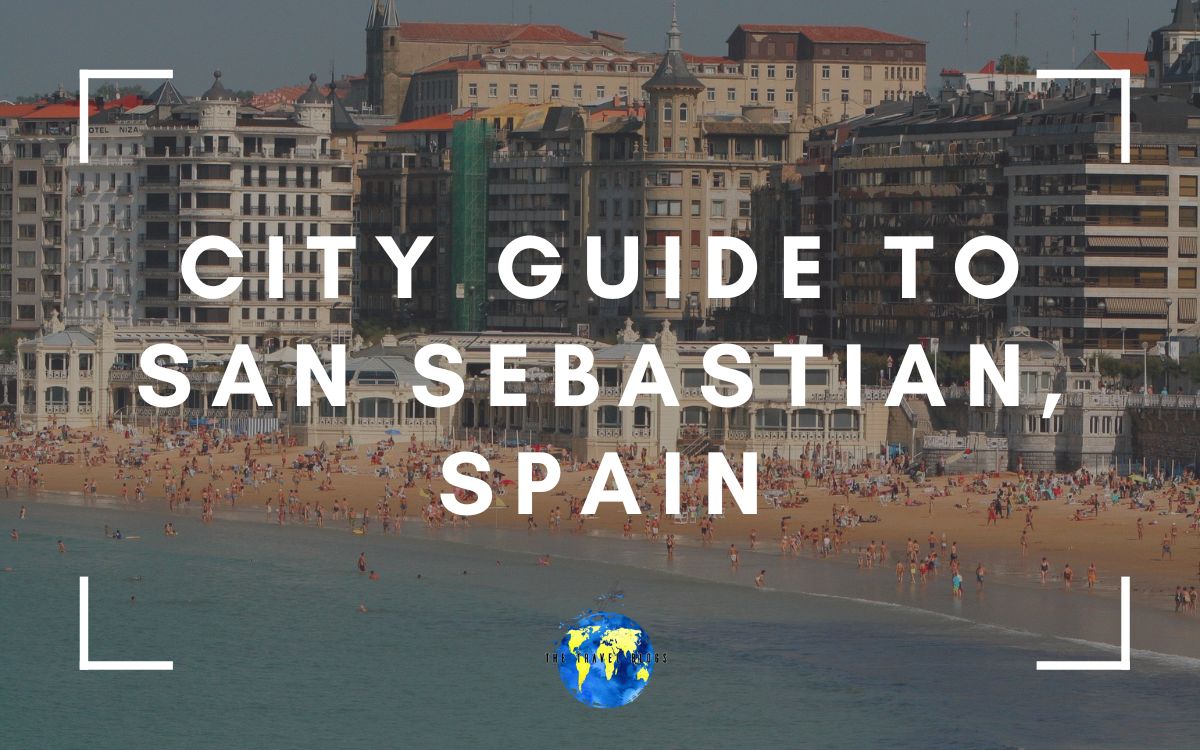Beautiful beaches allow you to enjoy bay views and long strolls along the promenade. Elegant walkways and shady avenues border the River Urumea enabling you to experience a relaxing afternoon wandering or a romantic evening leisurely walk to the Zurriola Bridge, lit with impressive lamp posts.
One of the best places to visit in Spain is San Sebastian. San Sebastian, also called Donostia, is a gorgeous town on the Bay of Biscay located in Basque Country. This is one of the mountainous regions of Spain in the Northeast coastal area. It is home to numerous world-renowned restaurants and vibrant Pintxo bars pairing bite-size regional specialties with local wines.
There is a lot to enjoy in San Sebastian. From the La Concha Beach promenade, the upscale shops, the cobblestone streets of Old Town, the lush green mountains, Santa Clara Island, to viewing palaces and museums and dining at Michelin Star restaurants.
Table of Contents
San Sebastian History
The earliest history of the town dates back to roughly 22,000 BC. During this time, little is known about the area besides some artifacts of early human settlers. Carved stone used for knives was found in the area, revealing the settlers were hunters and used the knives to cut animal skins.
Nothing more is known about the area until 1014 when there is evidence of the monastery of St. Sebastián. In 1180 Sancho the Strong founded the city. This area is what is now known as the Old Quarter.
Throughout the middle ages, the city was mostly used as a seaport. It has gone through many wars, conquering, wedding alignments, and sieges over several centuries. Therefore, making it a relatively popular town early on in history.
It wasn’t until the 1800s that the city started to fall back into stable times. However, it didn’t last long. It fell back into hard times during the early and mid-1900s because of another slew of endless wars, including the military coup in 1936 and then later that year quickly falling to the Spanish Nationalist forces which led to the murders of 600 people and the relocation of an estimated 40,000 – 50,000 people.
During World War II, San Sebastian was known as “a notorious center of intelligence rivalries in Spain.” WWII came just on the heels of the Spanish Civil war in 1939. It wasn’t until 1979 that the town held its first democratic election. The Basque Nationalist Party was originally in control until 1991 when the Spanish Socialist Workers Party took over. Since the 1990s, the entire town had a complete makeover to shift toward a place for tourism and happiness.
The territory has always been a strategic location for a town. San Sebastian, also called Donostia, is situated at the mouth of the River Uremea. It is surrounded by hills, which gave it protection back in its early days. The hills are now known as Igeldo which overlooks Concha Bay from the west; Mount Ulia extends east to Pasaia; Mount Adarra is south of the city, and Urgull is adjacent to the old part of the city.
During the 19th century, San Sebastian became a popular destination for Spanish royalty escaping the searing heat of the south.

San Sebastian Climate
Due to its location near the Atlantic Ocean, San Sebastian weather tends to be cool in the winter and warm in the summer. Like most oceanic climates, the city has a lot of cloudy days and averages 65 in (1,650 mm) of precipitation annually.
June through the end of September are generally the hottest months. The average high temperature for these months is 25°C. However, the record high for the city has been 40°C
The coldest months are December through the end of February. The average daily highs are 13°C. However, the record lows have been down to -13°C.
The wettest months of the year are November, followed by December, then October.
It does not happen often, but there is a low possibility of snow in San Sebastian. If it is going to snow, chances are it will happen in either January or February.
Other interesting articles:
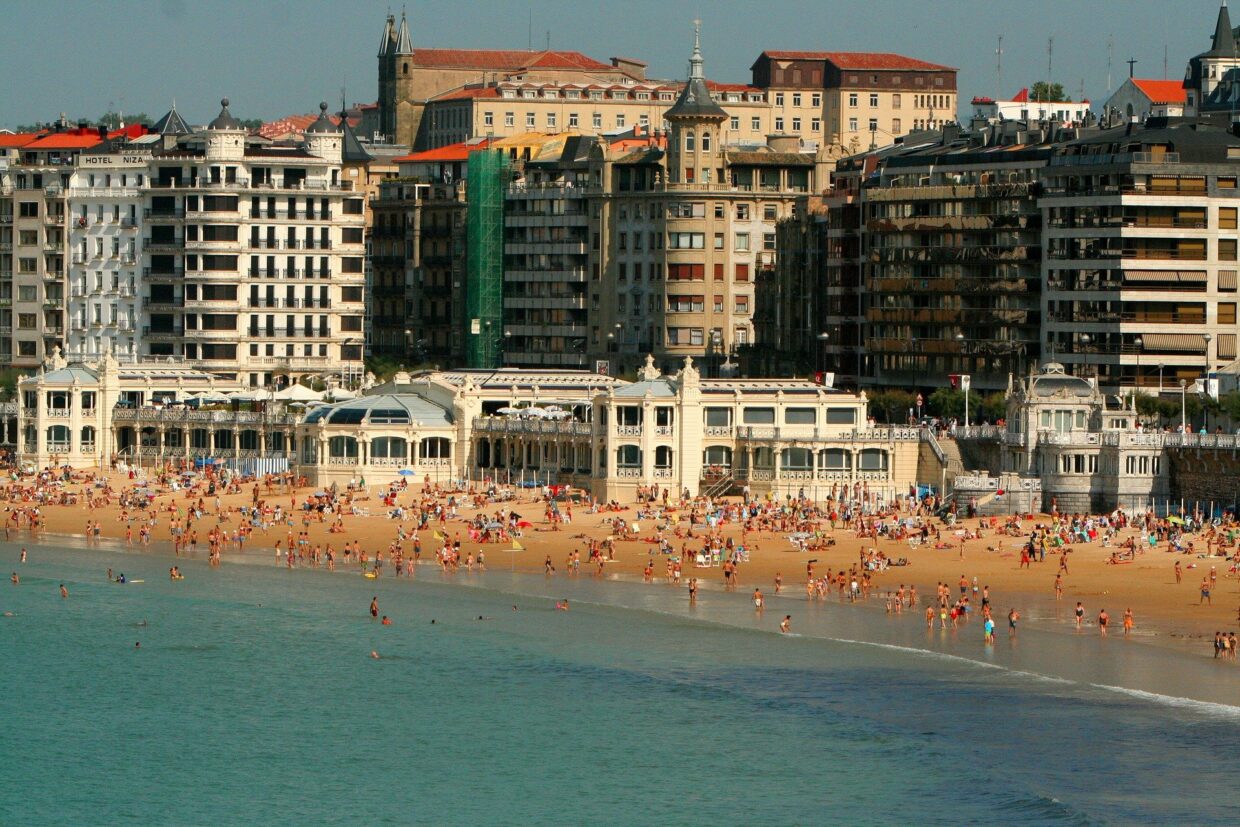
Activities To Do In San Sebastian
San Sebastian is a lovely town with many things to do due to its unmatched location. Here are just a few activities you can enjoy in the city.
Ayuntamiento de San Sebastian
The architectural masterpiece was constructed between 1882 and 1887 as a casino; it is now San Sebastian’s city hall. If you look closely, you can still see bullet holes in the façade from the Spanish Civil war.
La Concha Beach
The most popular of the three beaches in San Sebastian is La Concha Beach. Here you can relax and enjoy the warm weather, get active with some water sports, walk along the long promenade, and enjoy some delicious local food and wine in one of many restaurants.
Urgull Hill
If you’re looking for a scenic viewpoint, Urgull is a beautiful hill with a stunning view and a remarkable fortress. Tourists note the hill for the peak it has on top. Definitely, a must for tourists and locals to enjoy.
Miramar Palace
The historic Miramar Palace was built along La Concha Beach in 1893. The palace will remind you of English Country houses as it was designed by Selden Womun, an English Architect. It was used as a summer house for Spanish Royalty for nearly 100 years. In 1972, the property was bought by the town council and has since been used as a University, concert hall, and various private and public events.
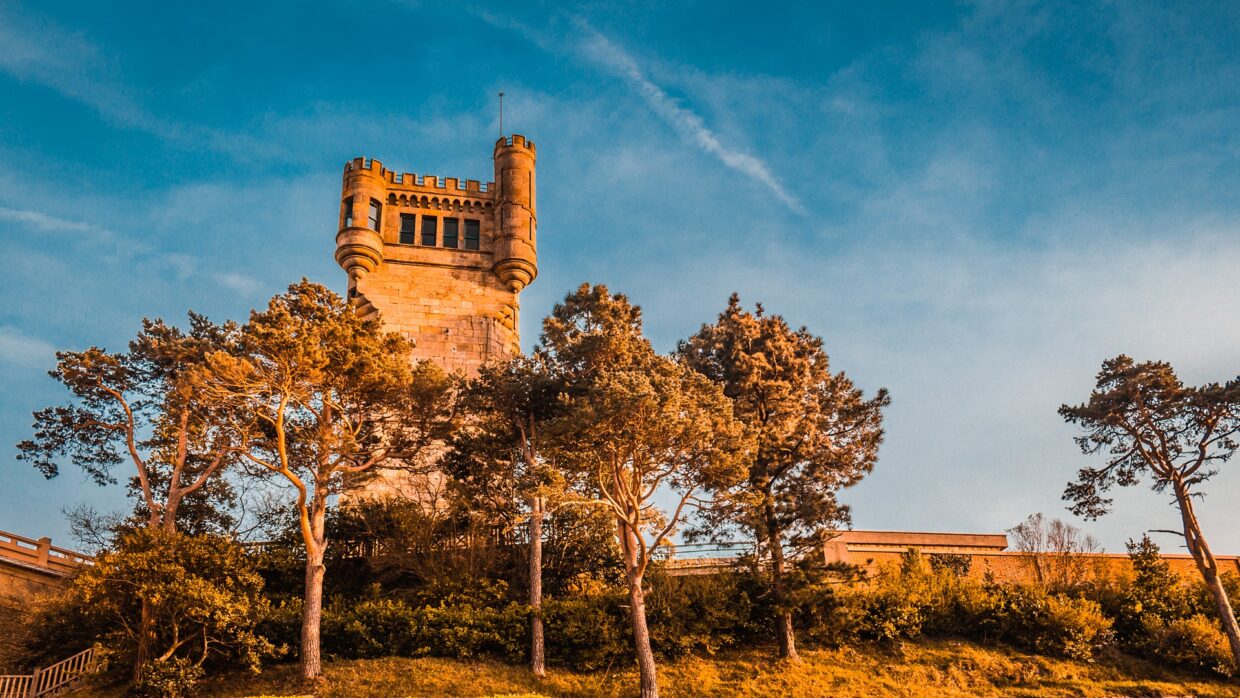
Museums to Visit in San Sebastian
While San Sebastian may not have the most museums in any European city, it was named the European Capital of Culture 2016. From history and science to fashion and cider, there is a museum that will interest everyone. Here are a few that you should visit. You will want to check the opening hours for all the museums and keep in mind most museums are closed on Mondays in Spain.
San Telmo Museum
The most famous museum in the town is the San Telmo Museum. Initially built in 1900, the city quickly outgrew the museum a few times. The ancient 16th – century San Telmo Dominican Convent area is now a museum displaying Basque culture and art. Visit their website here.
Eureka Museum of Science
Eureka Zientzia Museoa is an interactive museum for both adults and children. The museum offers several areas focusing on Earth Ships, Communication, Light Games, Sense and Sensitivity, and much more. A highlight of the San Sebastian Museum of Science is the Planetarium. There are 142 seats available to watch astronomical events. You can also stroll through the Botanical Gardens outside the museum. Visit their website here.
Untzi Naval Museum San Sebastian
The Naval Museum, Untzi Museoa, is a small museum located in an old 18th – century house. Located in San Sebastian port, the tower house used to be owned by the consulate. The main two floors host long-term temporary exhibitions. The smaller top floor hosts educational workshops, small exhibitions, and a library. It is small and perfect for visiting before heading next door to the Aquarium.
Aquarium San Sebastian
Simply called the Aquarium, located in the “Palace of the Sea” building, it was inaugurated in 1928, after three years of construction. It was the first natural science museum in Spain. In 1998 after a massive expansion and renovation took place, the Aquarium re-opened. It is considered one of the most advanced facilities in Europe. The most spectacular feature is the grand tank. The new large tank holds 1,800,000 liters of water with a 30 m-long tunnel traveling through it, offering 360° views of sea life. Visit their website here.
Sagardoetxea
Not precisely in San Sebastian, the Basque Cider Museum is worth the 15-minute drive outside the city. Situated below an apple orchard in Astigarraga, is the interactive museum. Learn about the past, present, and future of the cider and apple world. You will view photographs, see information panels, participate in games, and of course, sample some excellent Basque Country “liquid gold.”

Monuments to See in San Sebastian
Since San Sebastian has such a long history behind it, there are as many monuments as there are museums. If you’re looking to see some local outdoor artwork, San Sebastián has a weakness for sculptures. You will discover numerous pieces sprinkled throughout the city. However, the two most famous are The Wind Comb (El Peine del Viento) by Eduardo Chillida and Empty Construction (Construcción Vacía) by Jorge Oteiza. Here are some other monuments you should see when you visit San Sebastian.
Plaza de Gipuzkoa
Plaza Gipuzkoa is situated in the city center across from the gardens have a variety of flowers, plants, and trees. The center of the square is a common meeting place for locals and tourists. They enjoy walking through the park and over the wood bridge to the pond to feed the ducks. The square is also very popular for holding various events throughout the year.
Plaza de la Constitución
Plaza de la Constitución is the main square in the city located in Old Town. It was built in 1817, shortly after the devastating 1813 fires of the Peninsular War. The square hosts’ large parties and events like the day of Santo Tomás and the Tamborrada of San Sebastián. When it is not packed full of people during a fiesta, you can enjoy a peaceful glass of wine and tapas from some of the bars after visiting some of the local shops.
Calle 31 de Agosto
A story of over 200 years ago, on August 31st, 1813, in San Sebastian, Spain. The war of independence almost completely destroyed the city. Only a few homes remained between two of the oldest churches in the town. They were used by the English and Portuguese troops after they had defeated the French. The Portuguese and English were allies of the Spanish, but they immediately turned into enemies. After the defeat of the French, they ransacked homes before setting them on fire, raped women, and killed many innocent civilians. Trinity Street was renamed Calle 31 de Agosto in remembrance of that horrific day.

Read more about Things To Do In San Sebastian here.
San Sebastian Festivals
San Sebastian activities are similar to other cities in Spain, they have a lot of festivals. It is hard to find out about and keep track of all the festivals the city has. However, below is a good list of the festivals you can attend throughout the year.
January
- Tamborrada (drum procession)
- The Cider Season Festival
February
- Caldereros
- Carnival
March
- dFERIA Theatre Fair
April
- Human Rights Film Festival
- Spring Musical Festival
- Easter Processions
- Beachfront Ballet
May
- Rompeolas Festival
June
- Racetrack´S Horse Racing
- Surfilm Festival
- Ralley Of Retro Automobiles
- San Juan Day
July
- Jazzaldia – International Jazz Festival
August
- Semana Grande (Great Week)
- Quincena Musical (The Classical Music Fortnight)
- Itsafest
September
- San Sebastian International Film Festival
- Fishing Boats Regattas
- Kutxa Kultur Festibala
- The Euskal Jaiak (Basque Festivities)
- Zinemaldia
October
- Horror and Fantasy Film Festival
November
- Behobia – San Sebastian
- Underwater Cinema Festival
December
- Fair of Santo Tomás
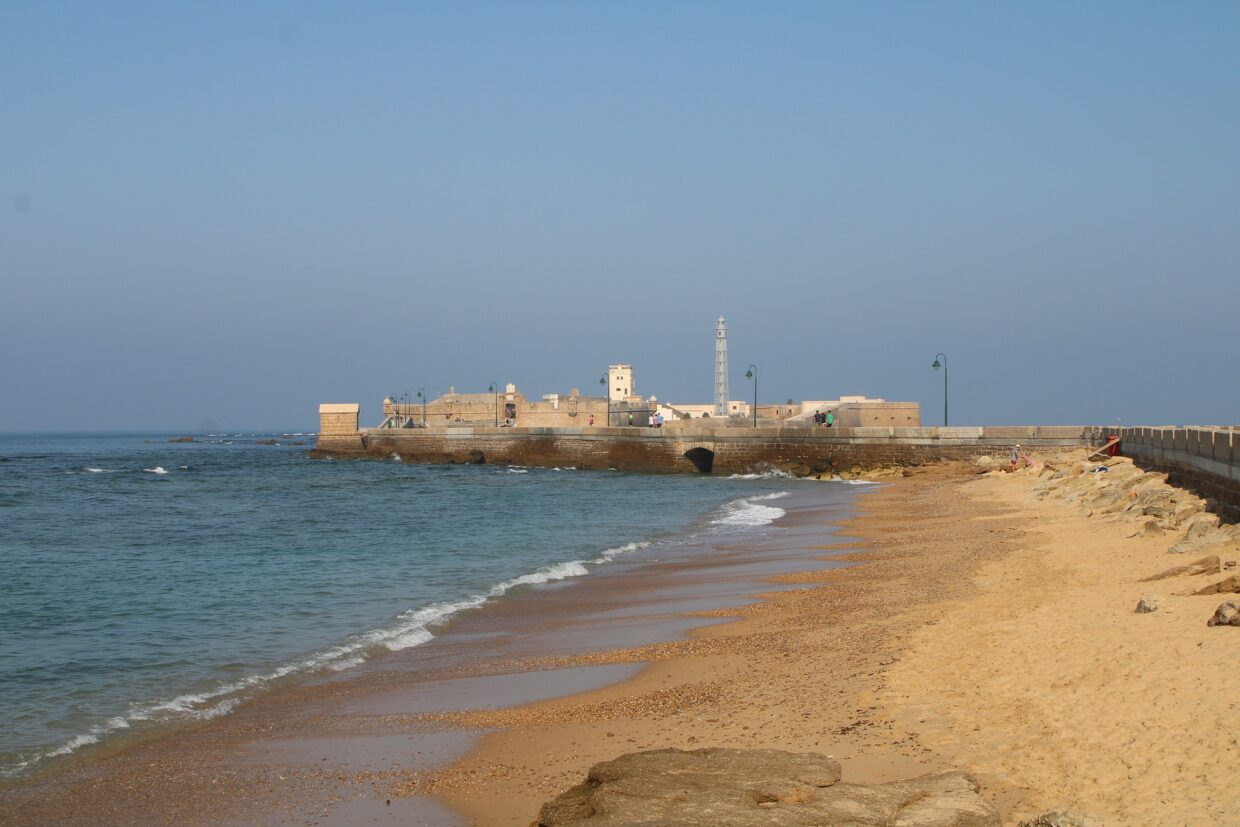
San Sebastian Sightseeing Day Trips
Besides everything the town itself has to offer, there are numerous day trips for you to enjoy on your San Sebastian holidays. You can enjoy exciting trips ranging from six hours to all day. They can range from hiking, visiting other towns, and sampling cider, to trips to other countries, and skiing in the Pyrenees Mountains in Spain, Andorra, or France. Here are just a few day trips you should consider when you visit San Sebastian.
Enjoy spectacular landscapes with a bird’s eye view over Northern Spain. Lift off at sunrise in a hot-air balloon. The ride will begin the journey of your stunning views over ancestral wine cellars and vineyards.
Learn about the history of the Basque Country in the Guernica Peace Museum. Then you will continue to the Urdaibai Biosphere Reserve to enjoy the beauty of nature. After you will check out some famous world-class surfing waves and more things on this day trip through Bermeo, Guernica, Mundaka, and Urdaibai.
Spend a day discovering the charming fishing villages of Zarautz and Getaria. Then learn about Spanish wine with a tour of the Txakoli Winery, including visiting the cellar house and enjoying a wine tasting.
For all the cheese lovers out there, you won’t want to miss this half-day cheese tour. Learn about cheese products in Basque country from a local producer. After hearing about how the products are made, you will enjoy some delicious samples of them too.
Some of the most charming and beautiful seaside villages in Spain can be found in the Basque Country coastline. You will experience “time standing still” in these fishing villages. This short day trip includes the stunning villages of San Juan, San Pedro, and Homdarribia.
Take a day trip to visit the city of Bilbao. On this private guided tour, you will see the beautiful architecture and several monuments. Some highlights of the trip are the Santiago Cathedral, the Church of San Antón, and the Guggenheim Museum – home to 20th – century architecture and art.
Wine lovers must go on this wine tour. You will enjoy visiting two bodegas (wine cellars) where you will explore the world-famous L Rioja region. While you are there, you will learn about the winemaking process and sample some of the excellent wines they produce.
If you’re in the mood to ski and have the time to drive for a few hours, you can check out a few different ski resorts such as Alto Campoo, Astun, and Tourmalet.
A Foodie Heaven
Since the town is located right on the sea, you might assume the city has a fantastic selection of cuisine; you’re right. San Sebastian Spain food is some of the best in the country. Spain has 5 Three-Star Michelin restaurants in the country. Of those five, three of them are in San Sebastian. In total, the city has sixteen Michelin Stars. While in San Sebastian, you will enjoy elegant restaurants, traditional dishes, new hot spots, and local gems. The city is heaven for the foodie and wine connoisseur. Some people visit San Sebastian just for food and wine.
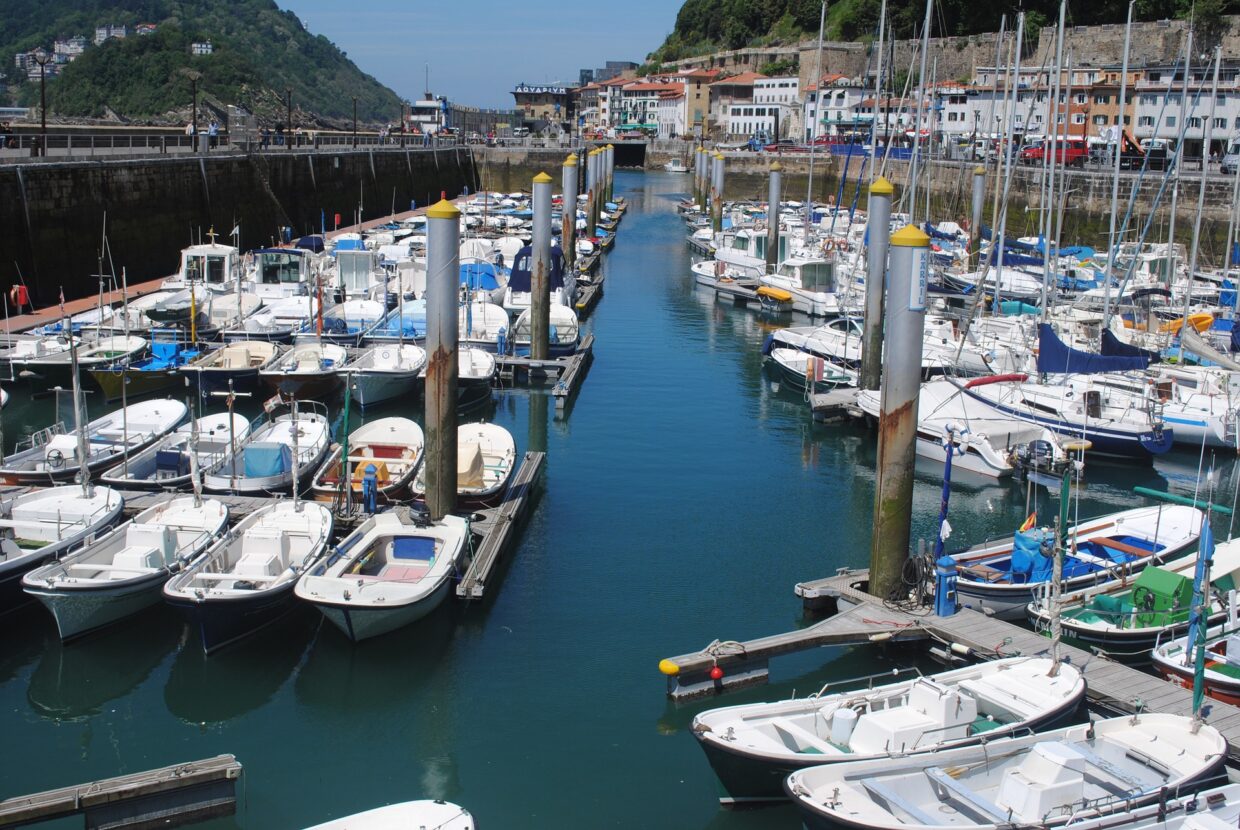
How To Get To San Sebastian
Depending on where in the world you are coming from, there are many options to get to San Sebastian. Of course, you can fly to San Sebastian. However, if you are touring through Spain, you can drive, take the bus, or hop on a train. With all the options available, getting to San Sebastian is very easy.
San Sebastian Airport
San Sebastian Airport (EAS) only services local airplanes. Most flights arrive from the Spanish capital, Madrid. For international flights, the closest airport to San Sebastian is Biarritz Pays Basque Airport (BIQ). It is in France and is 32 km from San Sebastian Airport. Bilbao International Airport (BIO) is located 117 km from San Sebastian.
San Sebastian Train Station
Estación de Tren de San Sebastián-Donostia is the central train station. It is conveniently situated near the old city center. There are many trains to San Sebastian from other cities in Spain and from neighboring France and Portugal. The train system throughout Europe is very well connected so no matter where in Europe you are coming from you can get there by train, including overnight sleeper trains. You just need to decide how much of the country(s) you want to see and how long you want to be on the train. There are direct trains from Bilbao, Barcelona, Madrid, Zaragoza, and Lisbon Portugal (overnight train), just to name a few.
The Bus
Estación Donostia Geltokia is the bus station in Donostia, San Sebastian. There are numerous buses that come and go from several destinations throughout Spain. For more information about the bus station, parking, arrivals, and departures. Check their website here. You can not purchase tickets here. They can be purchased through various bus transportation companies.

Frequently Asked Questions
What are some San Sebastian hotels?
There are numerous hostels, hotels, and other accommodations available throughout the city. I will be writing about them in a separate article and will link it here when it is done. In the meant time you may want to consider a google search for Bed and Breakfast San Sebastian or San Sebastian Beach Hotels to give you a few ideas.
What is San Sebastian Spain weather like?
San Sebastian weather tends to be cool in the winter and warm in the summer. The city has a lot of cloudy days. The average high temperature in the summer is 25°C and in the winter is 13°C.
What are some things to do in San Sebastian?
San Sebastian city has many things to do. If you like to stroll through museums, visit historic sights, check out monuments, eat delicious food, enjoy a festival, or participate in various activities, you enjoy a San Sebastian city break.
Where is San Sebastian Spain?
San Sebastian Ciudad in Spanish is located in the northwestern area of Spain. This is also known as the Donostia Basque Country region.
Where to stay in San Sebastian?
There are numerous places to stan in the city. You can stay in one of several hotels in San Sebastian Old Town, a luxury hotel in the city center, or other beachfront hotels. You can also stay in a B&B San Sebastian
What is San Sebastian population?
The population of the city is approximately 187,000 people.
Are there San Sebastian luxury hotels?
There are several luxury hotels in San Sebastian Spain. I will be writing about them soon and posting a link to them here.
What to do in San Sebastian Spain / What are the best things to do in San Sebastian?
It’s known for its Playas (beaches), bayfront promenade, and world-renowned restaurants. You can enjoy museums, the cobblestoned old town (Parte Vieja), monuments, pintxo bars, local wines, regional specialties, and upscale shops. There are several activities to do in the city and the surrounding Basque country region. You should make sure you spend some time in the city center, at the beach, and in Old Town San Sebastian Spain.
What are the best hotels in San Sebastian Spain?
There is a large variety of places to stay. Hotels, hostels, apartments, and Bed and Breakfasts can be found throughout the city. You will find a San Sebastian accommodation you love.
Is San Sebastian Basque country?
Yes, it is located in the region known as Basque Country.
When is the best time to visit San Sebastian?
I’m a summer lover, so for me, the best time to visit San Sebastian is from May to September. For people who enjoy cooler temperatures, then October to April would be a better time to visit.
Which is the best beach in San Sebastian?
San Sebastian has three beaches. The main San Sebastian beach area is actually two beaches, Playa de la Concha and Playa de Ondarreta. These beaches are framed by a picturesque bayfront promenade. The other is Playa de la Zurriola Zurriola beach). Which is the best, is only up to your personal choice, all three are beautiful.
What is the time in San Sebastian Spain?
The time zone in Donostia-San Sebastian (GMT+1) Central European Standard Time.
Where is the best area to stay in San Sebastian / Where are the best places to stay in San Sebastian?
San Sebastian is not a large city. No matter where you stay, you will be close to the city center and the beaches. Some of the best areas include San Sebastian Old Town / Parte Vieja, Centro, Antiguo, Gros, and of course La Concha.
For more information about San Sebastian Turismo / Donostia Turismo visit their website here.

